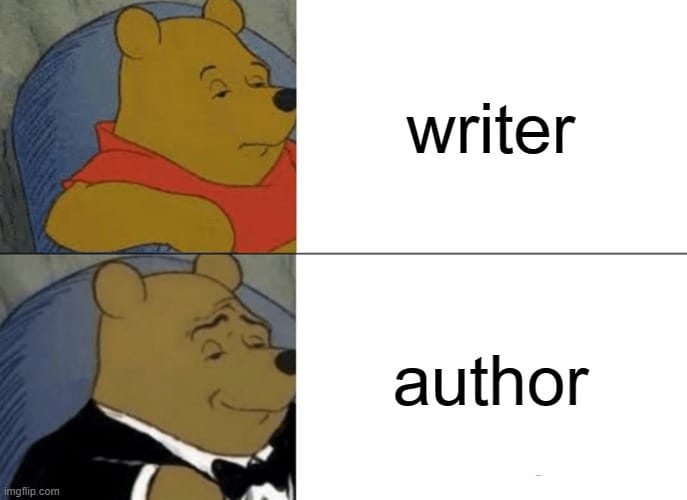3 steps to dead-simple storytelling (steal this)

Happy Wednesday! Welcome back to The Copywriting Gig.
I'm Jim Hamilton. Over the past 7 years, my copy has contributed to 10m+ in sales for clients across health, biz opp, and B2B.
Each week, I send out 1 short-form copywriting tip to grow your business.
Facts tell, stories sell.
This is why storytelling is a key part of short-form copywriting.
Stories are a delivery vehicle for transformational beliefs.
A single ad, email, or social post can persuade thousands of people to take action if it tells a compelling story.
But you need the right ingredients.
So today, I’m revealing a simple 3-step framework for crafting powerful stories that convert readers into buyers.
Let’s dive in.
Read time: 1 minute and 48 seconds

Together with Stacked Marketer
How to write a moneymaking book without a big following
Most people don’t think of “author” when they think of a high-paying profession.
But Nathan Barry, founder of ConvertKit, is here to show you how you can actually get paid very well to write a book.
You just need to know how to package, market, and sell it.

STEP 1: Flawed Hero
Every story needs a hero.
+ You
+ Your client
+ Your prospect
This doesn’t mean they’re perfect, though.
The most compelling heroes are flawed, just like the rest of us.
So when mapping out your story, make sure you’ve identified at least one flaw that makes your hero more relatable.
Examples:
Insecurity
Perfectionism
Stubbornness
Impulsiveness
STEP 2: Ultimate Desire
In any good story, the hero has an ultimate desire.
+ Losing weight
+ Making more money
+ Attracting the partner of their dreams
+ Quitting their job to go travel the world
This is an outcome they desperately want, but has always been out of reach.
The ultimate desire often corresponds to one of the 6 human needs:
Certainty
Variety
Significance
Connection/Love
Growth
Contribution
STEP 3: Escalating Conflict
Conflict is what drives the story forward.
+ The hero takes a logical step toward the ultimate desire
+ They encounter an an obstacle along the way
+ They fail to overcome it despite their best efforts
+ They’re now further away than when they started
This escalating cycle is what creates emotional buy-in…
Until the story reaches its climax and the hero achieves their ultimate desire.
Examples:
Weight loss: trying keto, P90X & fasting
Getting clients: trying Upwork, cold email & paid ads
Finding a partner: trying apps, speed dating & matchmakers
Putting It All Together
Steal this dead simple 3-step formula if you need help telling better stories:
STEP 1: Flawed Hero
STEP 2: Ultimate Desire
STEP 3: Escalating Conflict
That’s it.
Thanks for reading!
See you next week.
Jim Hamilton
What did you think of today's newsletter? |

Reply